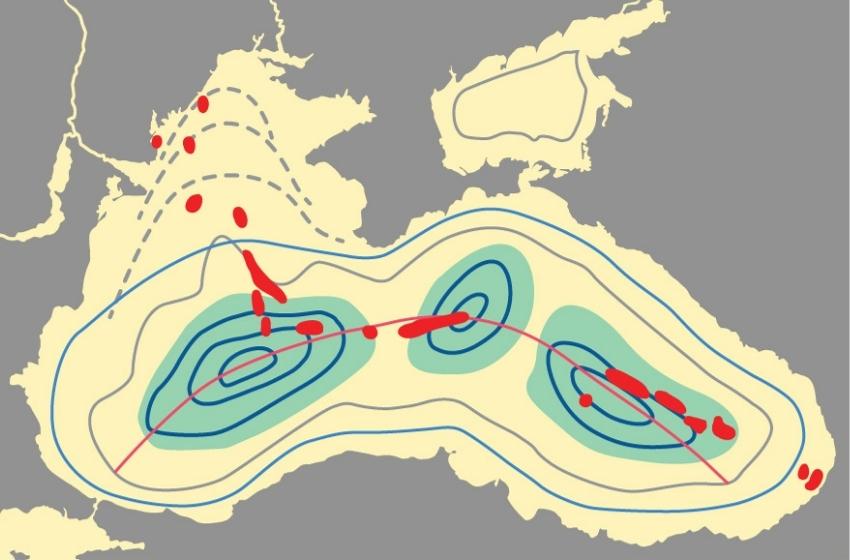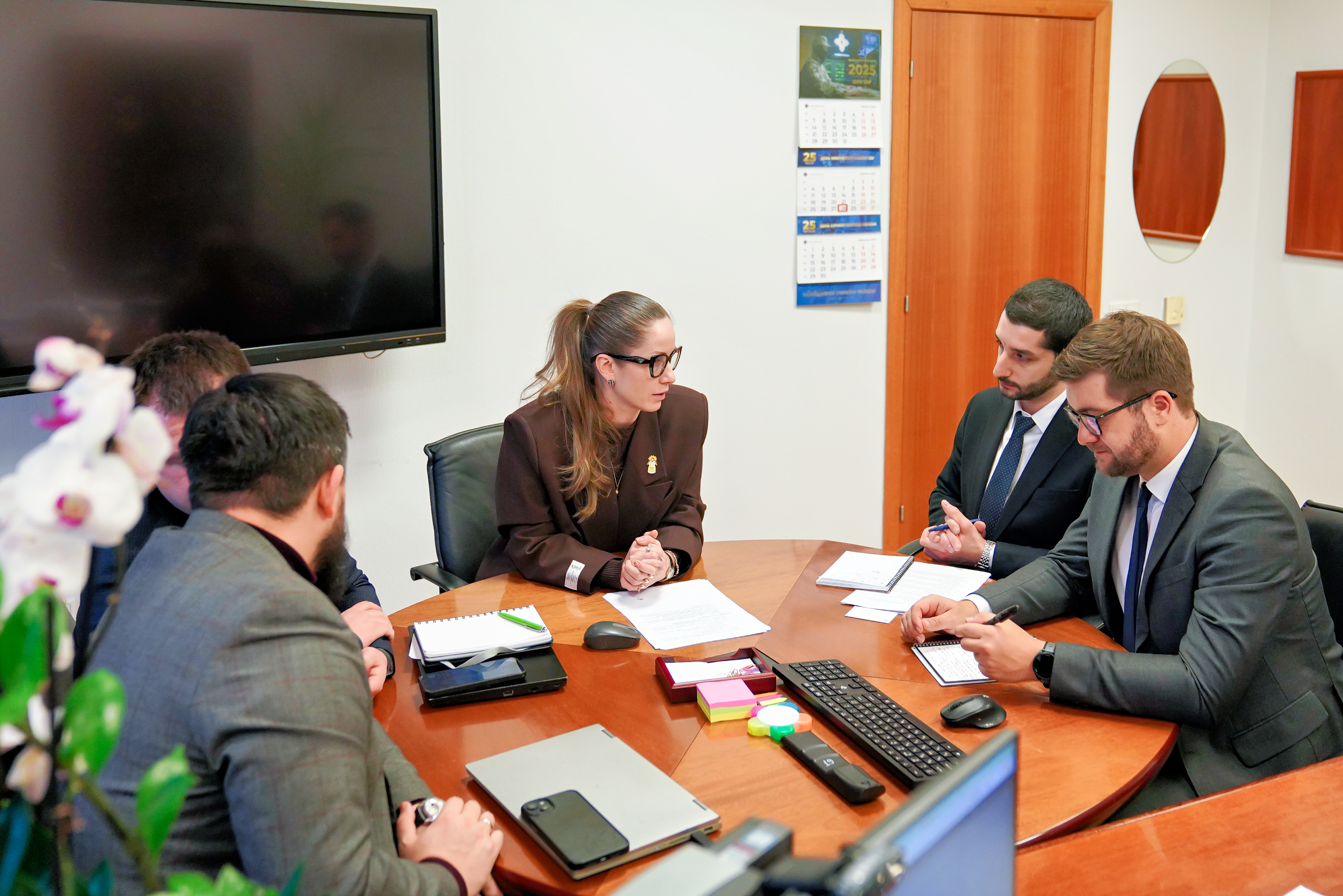In the 21st century, the Black Sea faces a new type of pollution: marine litter. Of course, this litter is not all new: the remains of fishing tackle, buoys, automobile tires, sunk ships etc. are widespread in the ocean. But during the last 20 years, the usage of plastic has become ubiquitous, with the amount of litter in the world’s oceans increasing hundreds of times. At present, about 8 million tonnes of plastic are thrown in the ocean annually. Circular currents concentrate it in particular areas creating ‘garbage islands’ which are more like a plastic broth than actual islands. The Black Sea has twice the amount of marine litter than the Mediterranean, both because of the plastic input from large rivers and the relatively closed character of the sea.
In the Black Sea, 85% of all marine debris consists of fragments of different types of plastic. Light PET bottles and plastic bags float on the water surface and - under the influence of ultraviolet rays and temperature - gradually fragment into smaller pieces, which sink under the weight of organisms settling on them.

Why is marine litter such a problem for ecosystems? First of all, marine dwellers often confuse it with food and swallow it, clogging their digestive tracts. In the Black Sea, the main victims are seagulls. Secondly, plastic adsorbs organic pollutants which further poison sea dwellers as they are consumed. Last but not least, animals can simply get stuck or lost and even perish among litter. Sad marine reality shows us dolphins with plastic bags on their tails, or anchovies stuck in rubber gloves.
It is important to know that along with large marine debris there is also microscopic litter, called microplastic. Its size is comparable to unicellular algae. It gets into the sea both as a result of the fragmentation of large pieces, as well as already-formed microplastic (e.g. plastic microbeads). Almost two thirds of microplastic appear as tires rub against the highways and get washed; another fourth enters sewage waters during the washing of synthetic clothing, from which microfibres flake away. Also small plastic granules are often added into household chemical goods, as well as creams, scrubs, and tooth paste, which ultimately wind up in sewage waters. Scientists with the EMBLAS Project have already discovered significant deposits of microplastic at the bottom of the Black Sea.
Along with the fact that plastic litter is a huge problem for seas and oceans, marine biologists consider it to be a new type of habitat for marine life, as everything that is put into the sea sooner or later becomes home for hydrobionts. At first, a thin membrane consisting of bacteria and microalgae forms on these surfaces, transforming a lifeless desert into a nice habitat for small animals (e.g. infusoria) providing them with food. Subsequently, algae and mollusc larvae settle on the prepared surface, and small crustaceans and other animals appear. However, the harm caused by plastic is not offset by its use as a marginal habitat for small sea creatures; rather, it should be understood as a desperate coping strategy by nature to make anthropogenic litter less dangerous. Therefore, an urgent task for every human is to reduce the amount of litter entering the sea, through reducing single-use plastic items such as bags, straws, packaging, and disposable cups.
The publication was prepared with the financial support of the EU – UNDP project ‘Improving Environmental Monitoring in the Black Sea: Selected measures’ (EMBLAS-Plus). This publication was produced with the financial support of the European Union and UNDP. Its contents are the sole responsibility of the authors and do not necessarily reflect the views of the European Union or UNDP.
Authors: B. Aleksandrov, O. Adrianova, N. Atamas, V. Bolshakov, O. Bondarenko, I. Chernichko, V. Demchenko, S. Dyatlov, Y. Dykhanov, E. Dykyi, O. Garkusha, P. Gol’din, S. Hutornoy, V. Komorin, Y. Kvach, V. Mamaev, O. Manturova, O. Marushevska, A. Mikelyan, Yu. Mikhalev, G. Minicheva, I. Sinegub, T. Shiganova, J. Slobodnik, A. Snigiryova, M. Son, K. Vishnyakova, A. Zotov. Illustrator: I. Pustovar.






















